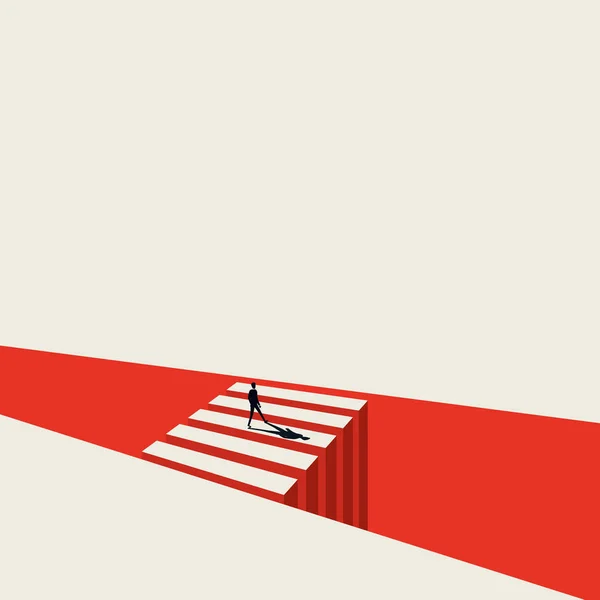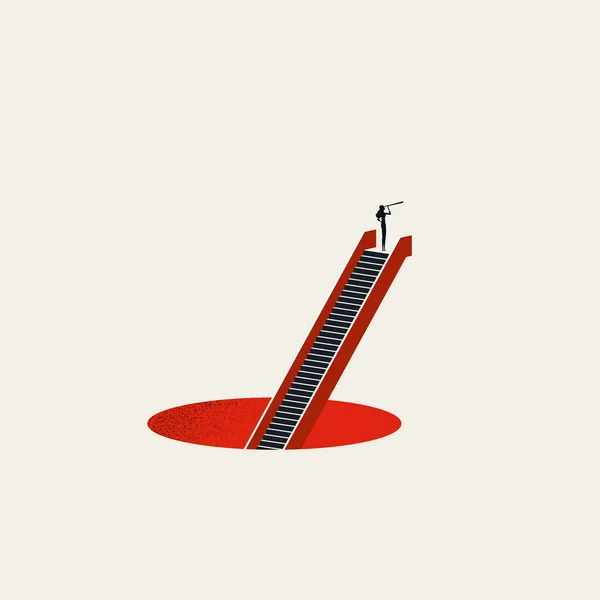ON PRODUCTIVITY
Bayo just got to work. He is currently working on a spreadsheet. It is barely 3 minutes and he has received a new email notification. Shortly his iPhone lights up. It is a text message. As usual, these are tasks he feels he can breeze through and get back to work immediately. As he diverts his attention to managing the disruptions from the text and email, a colleague walks up to his desk asking for help on working the company’s new software.
The ‘help’ leads to discussions about an explosion in Beirut which prompts Bayo to check Google for updates. Fascinated, he then switches to his mobile; starts scrolling through his twitter feed to see more videos of the explosion. While on social media, he is distracted by a current hashtag on Ronaldo; his favourite athlete. His calendar then alerts him, that it is time for a weekly meeting. Off he dashes to the meeting which lasted about 3 hours.
Exhausted, Bayo resumes to his desk to new emails. All tagged very important. He now has more emails to respond to. He will need to complete the work on the spreadsheet to share accurate figures and statements to respond to the emails. By the way, it is already past 12; he is drained but the pending email responses and a half-completed task on excel will be due before close of business.
Does this scenario sound like your typical day? If it does, it is quite hard to focus on one thing or a few things. Email alerts, WhatsApp messages, colleague “stop by” desk checks. Researchers have analysed the cost of task switching. The studies reveal that we switch our attention every 3 minutes, 5 seconds on average. And you will find it even more interesting to discover that interruptions have become such a part and parcel of our lives that we are actually interrupting ourselves! Even when there is no distraction, we distract ourselves by expecting one or creating one.
For better or for worse used to be a phrase exchanged by two consenting adults on the altar committing to happily ever after. But thanks to technology and particularly our smart phones, you can add that phrase to “and wherever’’ regarding Work. A few years back, Apple shared during a security dive meeting at its HQ, that the average user (iPhone) unlocks their phones 80 times a day! There’s more distractions and last time I checked, the work itself has not decreased.
You can’t give your attention to all of the things that demand it in a single moment. You cannot be productive that way. Deciding where your attention goes is the defence against the damage our “always-on” environment does to our mind, body and soul. And it has only gotten worse with working from home (WFH). Major reasons, fear and anxiety. People feel they need to overdeliver to keep their jobs or even be considered for a promotion. To be productive whether we are strictly WFH, strictly resuming physically in the office or a mixture of both, we need to balance 2 things; attention management and energy.
Attention Management
Focus is the keyword. In a world full of distractions, the ability to focus is a rare and much coveted skill. Focusing on managing your attention as opposed to just time management will help with your productivity. Last time we checked the day has remained 24 hours, right? So, focusing on just managing your time can be counterproductive. For example, you can allocate 3 hours to writing and completing a report. However, stuff happens in between right? Emails? Zoom meetings? Quick check on social media too that lasts longer than we planned. Or that colleague’s extended conversation at the other end with a client.
As I speak to you right now, I have received about 4 calls and I’m sure countless emails (I have turned off email notifications) I have ignored to call or address later while I finish this article. Attention management is noticing what distracts you and intentionally refocusing back to the task at hand. In today’s work space, collaboration, flexibility have become the mainstay so distractions have come to stay. The implications are that time management strategies have increasingly become obsolete. Do people still have private offices or office spaces?
It almost does not count if you set aside the time to get into a particular work that requires consistency without interruptions competing for your time. That time will eventually be wasted. Studies have shown that for every distraction a portion of around 20 minutes is required to get sufficiently back on task. Laser focus on attention to tasks will produce faster and better work.
I suggest we take a look at Maura Thomas’ attention management model. According to the model, to determine how best to manage your attention there are 4 quadrants.

- Reactive and distracted — Multitasking. Most people’s typical state at work like the Bayo example I shared earlier in the article.
- Daydreaming — Mind wandering. Restorative for your brain.
- Flow — So absorbed you lose track of time but isn’t something we can control. Requires time in the fourth quadrant:
- Focused and mindful — Fully present and making an effort to maintain focus.
HOW TO USE THE QUADRANT TO BOOOST PRODUCTIVITY
- Identify which quadrant you fall into. Like Bayo, alternating albeit unsuccessfully between emails, texts and drop-by visits, meetings all morning. Bayo can then realize that he is in the reactive and distracted quadrant.
- Figure out the quadrant you want to be in. In our example, Bayo had lost focus on the important report he needs to complete because he was too distracted. The report is the kind of work he is very good at but it also requires creative and analytical thinking. Bayo can then decide to move into focused and mindful quadrant, hopefully achieving the consistency needed for the work to flow.
- Make shifts to move to your desired quadrant. To set the stage for flow and meet the tight deadlines required in concluding the report, Bayo can take small steps to adjust the environment. For example, Bayo can use his headphones to cancel out any form of noise in the open office. He can only put distractions away such as logging out of his email, placing his phone screen down and on silent mode.
ENERGY
As I mentioned earlier, 24 hours a day is not changing anytime soon. What can change however, is how you exert your energy. Effectively recharging between tasks will boost your ability to be productive. If we cannot control time, we can control energy levels. Quit being busy and unproductive and take breaks often. Switch to the daydreaming quadrant and restore your brain power. Most people WFH got caught in this trap. They hardly take breaks and when they do, they do that too often which then becomes a distraction. Switching off devices or simply not thinking about the tasks at hand after close of business is beneficial to rejuvenate the brain cells for tomorrow’s work.
For instance, a mother working from home can take a quick drive with the kids to get some food at a neighbourhood restaurant. That is one good way of being productive. Productivity does not start and end with work, but your ability to accomplish other tasks outside work as well. I usually watch YouTube kids with my children when I’m done with work when WFH. That’s my day dreaming mode. I completely switch off from any work-related task and I find it stimulating.
If you do not spend your time prudently, focusing your attention to what really matters, your energy and focus will not amount to much. You will not be as productive as you would like to or are expected to. If you cannot focus or bring a lot of attention to what you’re doing, your apt selection of key tasks accompanied by tons of energy will not amount to much. You will not be able to engage fully with your work to become productive. And if you cannot manage your energy well, no matter how well you can manage your time or attention, you are always going to fall short of the fuel required to get everything you intend to get done.
J.D. Meier, suggests a technique called ‘the three wins’; that at the beginning of each day, each week, each month, each year you can write down the three things you most want to have accomplished in order to maintain long term focus.
Learning to master attention management and energy levels is like learning any new skill. Repetition is critical. Certain behaviours such as focus, concentration, mindfulness, presence and work flow are collective behaviours worth practicing. The pandemic has changed how we work but deliver we must. That is not up for discussion. The productivity regimen is a long-term fitness plan, not a crash diet.
It’s a matter of choice.


